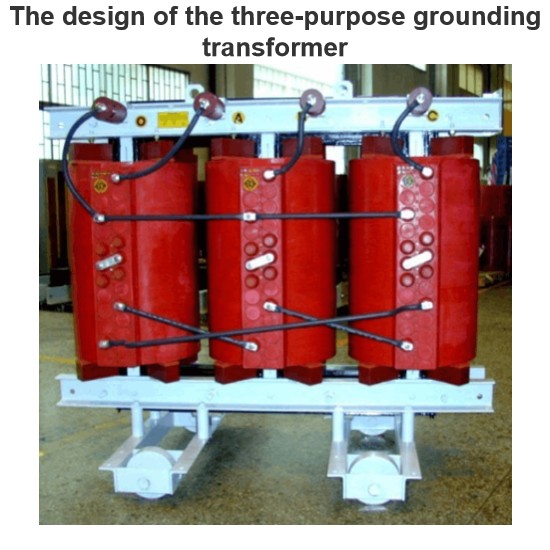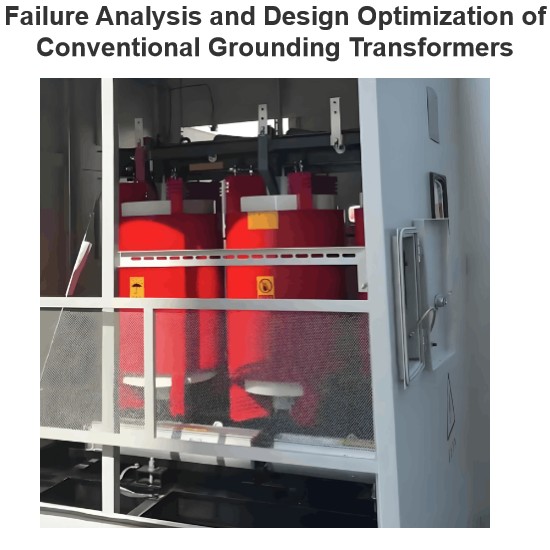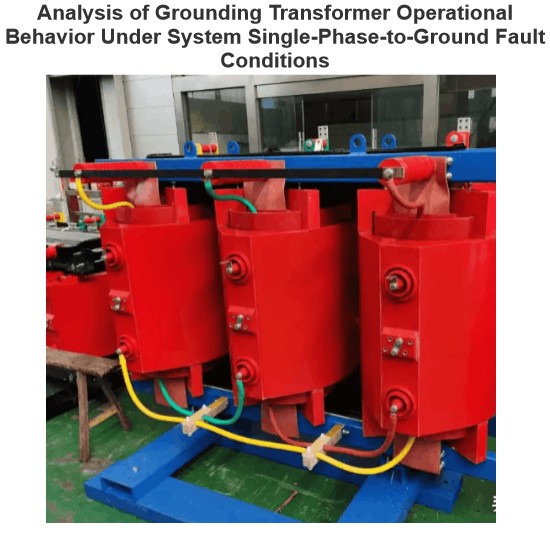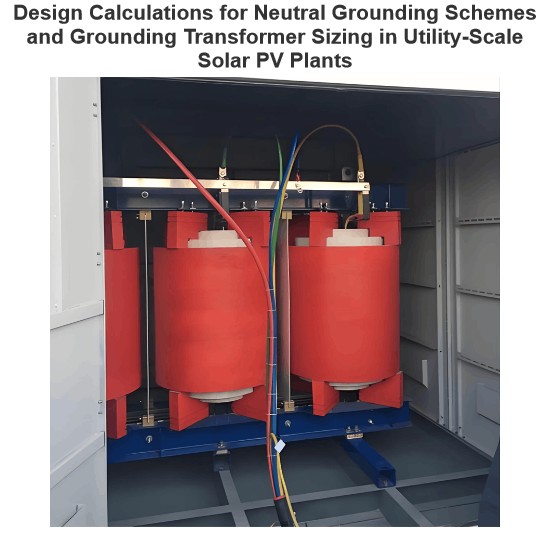Can you explain how an electrical transformer works and its significance in the power grid?
The working principle and importance of power transformers in the power grid can be explained from several aspects:
Working Principle
The basic working principle of an electric transformer is based on the law of electromagnetic induction. It mainly consists of two windings, one called the primary winding (or first winding) and the other called the secondary winding (or second winding). When the primary winding is connected to an alternating current power supply, the current produces a changing magnetic flux that forms in the iron core, and this flux passes through both windings simultaneously.
According to the law of electromagnetic induction, when the flux changes, it will generate an induced electromotive force in the windings. If the secondary winding is connected to a load, then the current in the secondary winding will change according to the voltage in the primary winding and the ratio of the number of turns in the windings, thus realizing the transformation of voltage.
Specifically, when the voltage and current of the primary winding are determined, the voltage and current of the secondary winding can be calculated using the following formulas:
Voltage Ratio: The ratio of the primary voltage to the secondary voltage (turns ratio) of a transformer is equal to the ratio of the number of turns in the primary winding to the number of turns in the secondary winding, i.e.,
U2/U1=N2/N1
Current Ratio: The ratio of the primary current to the secondary current in a transformer is equal to the reciprocal of the ratio of the turns in the primary winding to the turns in the secondary winding, i.e.,
I2/I1=N1/N2
Importance in the power grid
Voltage Regulation: Power transformers can convert high voltage to low voltage or vice versa to meet the needs of different users. This is particularly important for long-distance transmission, as high voltage during transmission can reduce energy loss and improve efficiency.
Isolation and Protection: Transformers physically isolate circuits of different voltage levels to prevent current interference and circuit faults from affecting the entire system. They also have protective functions such as overload protection and short-circuit protection to ensure the safe operation of the power grid.
Improving Energy Efficiency: By adjusting the voltage, transformers can distribute electrical energy more efficiently, reducing energy loss during transmission and use.
Flexibility and Diversity: The diverse designs of transformers (such as step-up and step-down transformers) enable power systems to flexibly address different scenarios, including long-distance transmission, urban distribution, and industrial use.
Stable Power Supply: Transformers can adjust their output according to changes in power demand, ensuring the stability and reliability of the power grid.
To sum up, power transformers play a crucial role in the power system and are key equipment for ensuring efficient and safe transmission of electricity.
The Electricity Encyclopedia is dedicated to accelerating the dissemination and application of electricity knowledge and adding impetus to the development and innovation of the electricity industry.













